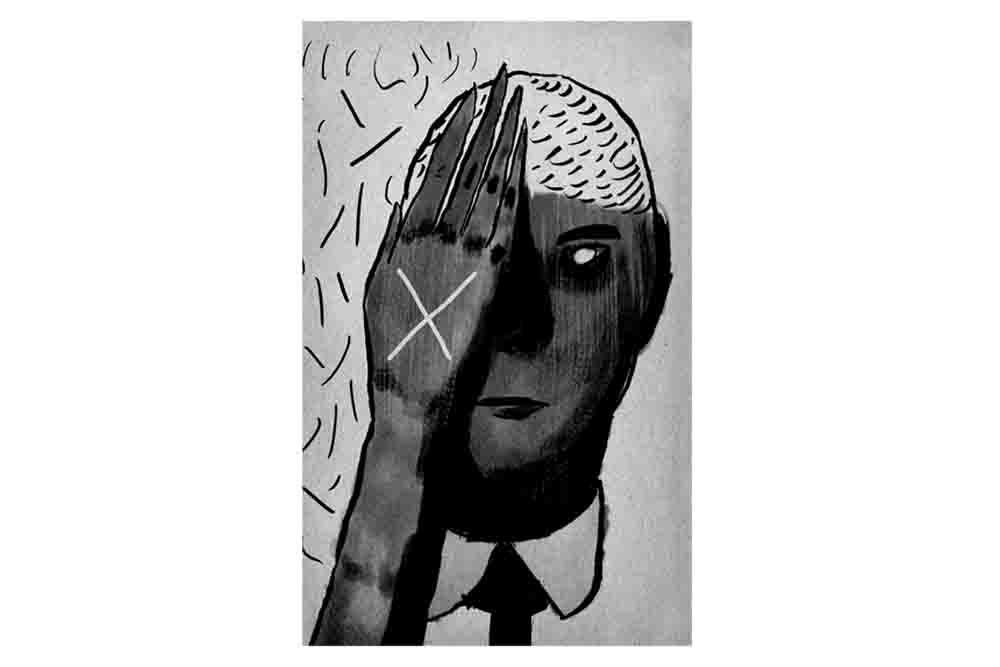At the Fourth Annual Holocene Mini-golf Art Invitational, Holocene’s physical space is front and center. A 12-hole putt-putt course inside Holocene plays to the space’s architectural strengths and says as much about the venue as any show.
The art of (mini) golf
It’s easy to forget how cool Holocene is.
When the club is packed full of sweaty, dancing bodies, one tends to overlook the space’s architectural details—like the exposed wood ceilings, the seamless transition between the dance floor and the usually less-intense lower level, the former “smoking room” near the bathrooms, and the different elevations provided by the platforms in the venue’s performing space.
But at the Fourth Annual Holocene Mini-golf Art Invitational, Holocene’s physical space is front and center. A 12-hole putt-putt course inside Holocene plays to the space’s architectural strengths and says as much about the venue as any show.
Holocene invited 12 local artists, designers, gallery collectives and business owners to create a mini-golf hole for display.
“It was an idea a friend of ours had when we first opened Holocene,” says Holocene co-owner Jarkko Cain. “So we had it that first year, and it’s really been successful. We have shows and stuff here almost every night, so it’s nice to do something different and to showcase local artists.”
The course begins with a putting green populated by adorable monsters battling a Cyclops. From there, golfers advance to “Shrodinger’s Cat”—a red, plush-covered box with several small monitors on its front. The monitors display the interior of the box.
Golfers must determine from the video screens which hole they’re aiming for—not an easy task, as there are several different cameras and mirrors obscuring the interior, making it difficult to tell which direction to avoid.
Next is “Tiger Woods”—a reclaimed wood sculpture by artists Scott Mazariegos and John Larsen, which occupies the former smoking lounge. After Tiger, the course proceeds into Holocene’s main performance space. This is where the club’s physical space really shines.
The art suspended from the ceiling and the murals going up the walls accentuate the club’s high ceilings, and Holocene starts to feel like the warehouse it used to be.
Standing in front of the recycled wood windmill made by Alberta Street’s Together Gallery, it’s easy to forget that you’re in a Portland nightclub.
Garden gnomes sit alongside owls and other salvaged knick knacks in the sand in front of the beach themed windmill. To your left, a dada-ist hole spells out the words “PLEASE GOD PLEASE,” to your right, a wood model recreation of all the I-5 and I-84 interchanges and onramps, done by the owner of the Flavourspot waffle cart.
Behind that display is the “Pancakes of the World in Space Waffle House (in multi-dimension)”—a collection of giant paper mache breakfast food, Mount Rushmore, and of course, a putting green.
“It’s like the internet,” says contributor Cyrus Smith. “It exists multidimensionally. It’s a futuristic version of ’50s kitsch, which is also futuristic.”
The course culminates in the downstairs lounge areas. The most difficult hole of the course involves sending a golf ball up a half pipe and bouncing it onto a green that doubles as a pool table.
The final hole, “Heaven To Hell,” involves rolling a ball down a rainbow lined with paper cranes, past a field of toy soldiers and through a door into Earth. Other holes on the course wed elements of Chutes and Ladders, Mousetrap and pinball.
Beyond the entertainment provided by mini-golf, Holocene is also providing live music to accompany the exhibit. Tuesday night featured Tender Forever (a K Records laptop-based pop project) and tonight, Portland electronic whiz Guidance Counselor will perform.
The 12-hole course succeeds as a performance and interactive art piece, as installation art. Not only is it visually impressive (many of these pieces would function equally well as sculptures outside of this event) but it’s also a stunning example of what can be accomplished with recycled materials.
Seeing a model of the Fremont Bridge made out of wine corks and old zippers and a lower-east-side industrial district rendered with Styrofoam blocks is not only impressive, but is testament to the ability of Portland artists to think creatively.
“We live in this town with all these awesomely talented people,” says Cain. “This is something different, more ambitious than just putting on shows every night.”
The Art Invitational is certainly ambitious, and it succeeds in exploring a new use of medium. Of course, for the Holocene, repurposing space for art is more or less in its mission statement, and the Invitational is one of the foremost successes of their continuing commitment to Portland’s artistic community.



